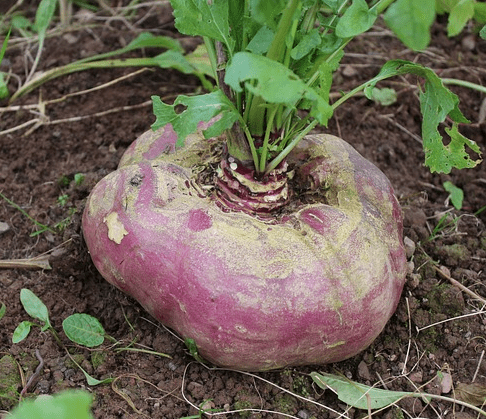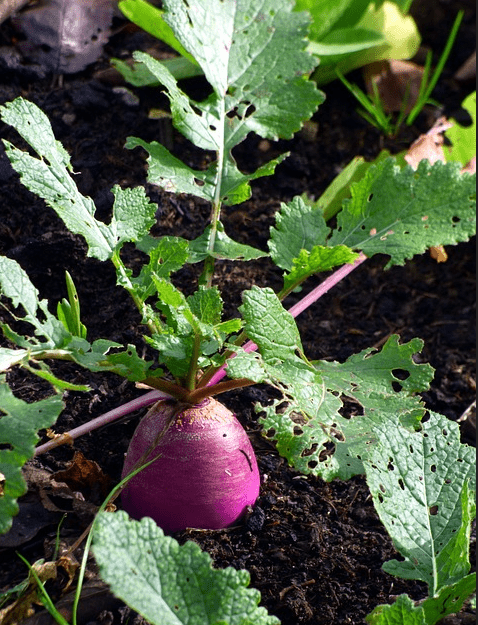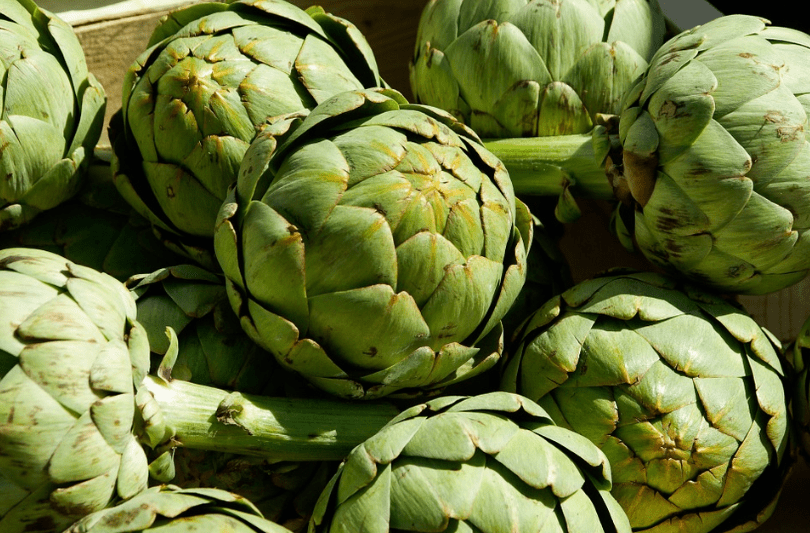The turnip, a member of the Cruciferous family, has been a staple in the human diet for at least 5,000 years. Likely cultivated in what is now Greece, it played a pivotal role in human history. Despite being highly nutritious and low in calories, making it a very healthy food, it has been consistently perceived as inferior and boring.
This perception began with the Romans, who, as regular readers of this newsletter will recall, had a particular fondness for crucifers. However, this fondness does not include the turnip. The most notable mention of the turnip in Roman culture and written history is as a vegetable to be carried along to the theater. If a play was terrible or the lead actor was phoning it in, the "turnip procedure" would be enacted.
In other words, the esteemed (and disappointed) audience would pull turnips previously concealed in their togas and hurl them at the actors on stage. Having said that, when it came to the food security of the entire Roman Empire, the turnip probably played a much more important role.
For all their snobbish and wealthy patrician airs, who preferred fancy concoctions like cauliflower, most of the empire's inhabitants were poor farmers or slaves. The bottom line, no farmer grows vegetables just to throw them around in the Colosseum.

They threw them because they were ordinary and cheap. They were handy and cheap because a lot of people probably ate them. Sure, the turnip isn't a sexy vegetable, but it's not that different from cabbage, broccoli, or kale.
At the end of the day, the turnip is an easy, fast-growing crop that allows for a decent living. And starting at the end of the Roman era, it spread as a major crop to Northern Europe, which was then beginning its demographic growth and urbanization process. The turnip enabled this process.
Let's not forget something important: there weren't many alternatives to the turnip in the realm of root vegetables or vegetables that could serve as the base of a nutritious stew in places like Germany, Scandinavia, and England. It's easy to forget, but before the discovery of America and the 16th century, there were no potatoes, sweet potatoes, pumpkins, or other vegetables in Europe that we now consider staple foods. For almost 1,000 years, Europe lived with turnips.
In other words, most of Europe, while the wealthy reflexively turned up their noses and found substitutes. Even after the potato displaced the turnip and became a common food, the turnip continued to play an important role. In the 17th century, when agriculture in Europe advanced, they discovered that if they rotated turnip crops with wheat crops, they could improve the soil and make it harder for pests to establish themselves (turnips and wheat have different natural enemies). The turnip itself became a crop for livestock and, thanks to it, a revolution in the meat industry began.

Until the turnip became a common feed for livestock, livestock farmers in Northern Europe used to slaughter their animals when winter came. The difficulty of providing feed and maintaining the herd under cold and snowy conditions was too great. One of the advantages of a root like a turnip is that it is a vegetable that can be stored for a long time.
Farmers in Europe discovered that if they grew turnips, they could provide food for their livestock even in winter. This was a revolution. So yes, the turnip had a terrible public image that made it to Hollywood. In one of the climactic moments of "Gone with the Wind," Scarlett O'Hara throws her fist in the air and declares that she too is now forced to eat turnips, but that she will see better days.
Unlike Scarlett O'Hara, I love turnips in all shapes and forms. Since the first stew of winter is probably just around the corner, I'm very happy that there's also fresh organic turnip this week.









